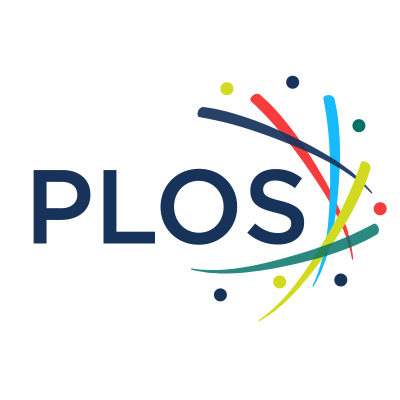Tuberculosis household accompaniment to improve the contact management cascade: A prospective cohort study

Citation: Yuen CM, Millones AK, Contreras CC, Lecca L, Becerra MC, Keshavjee S (2019) Tuberculosis household accompaniment to improve the contact management cascade: A prospective cohort study. PLoS ONE 14(5): e0217104. https://doi.org/10.1371/journal.pone.0217104
Abstract: Background: Appropriate management of people exposed in the home to tuberculosis is essential to prevent morbidity. These household contacts, particularly children, should receive preventive therapy to prevent them from falling ill. However, few people receive preventive therapy worldwide. We sought to determine whether a community-based accompaniment intervention could improve tuberculosis contact management.
Methods: We conducted a prospective cohort study of household contacts of tuberculosis patients who initiated treatment during September 2015-June 2016 in Lima, Peru. Enrolled households received an intervention comprising home visits, transport vouchers, assistance coordinating evaluation procedures, and adherence support during preventive therapy. To evaluate the impact of the intervention, we conducted retrospective chart reviews of all patients initiating treatment during 6-month baseline and intervention periods.
Results: We enrolled 314 household contacts of 109 index patients. Of these, 283 (90%) completed evaluation, and 4 (1%) were diagnosed with tuberculosis. Preventive therapy was prescribed for 35/38 (92%) contacts 0–19 years old who were eligible under Peruvian guidelines. Preventive therapy was also prescribed for 6/26 (23%) contacts with unknown eligibility due to lack of a tuberculin skin test (TST), and 20/69 (29%) who were ineligible either because of a negative TST result or exposure to a drug-resistant or extrapulmonary case. Of the 61 contacts who were prescribed preventive therapy, 57 (93%) initiated treatment, and 51 (91%) completed treatment. The proportion of contacts who completed evaluation increased from 42% during the baseline period to 71% during the evaluation period (risk ratio [RR] = 1.73, 95% confidence interval [95% CI]: 1.41–2.13). The proportion of contacts who initiated preventive therapy increased from 15% to 40% (RR = 2.45, 95% CI: 1.42–4.22).
Conclusion: Accompaniment of TB patient households greatly improved the evaluation of household contacts for TB and increased the use of preventive therapy.
Methods: We conducted a prospective cohort study of household contacts of tuberculosis patients who initiated treatment during September 2015-June 2016 in Lima, Peru. Enrolled households received an intervention comprising home visits, transport vouchers, assistance coordinating evaluation procedures, and adherence support during preventive therapy. To evaluate the impact of the intervention, we conducted retrospective chart reviews of all patients initiating treatment during 6-month baseline and intervention periods.
Results: We enrolled 314 household contacts of 109 index patients. Of these, 283 (90%) completed evaluation, and 4 (1%) were diagnosed with tuberculosis. Preventive therapy was prescribed for 35/38 (92%) contacts 0–19 years old who were eligible under Peruvian guidelines. Preventive therapy was also prescribed for 6/26 (23%) contacts with unknown eligibility due to lack of a tuberculin skin test (TST), and 20/69 (29%) who were ineligible either because of a negative TST result or exposure to a drug-resistant or extrapulmonary case. Of the 61 contacts who were prescribed preventive therapy, 57 (93%) initiated treatment, and 51 (91%) completed treatment. The proportion of contacts who completed evaluation increased from 42% during the baseline period to 71% during the evaluation period (risk ratio [RR] = 1.73, 95% confidence interval [95% CI]: 1.41–2.13). The proportion of contacts who initiated preventive therapy increased from 15% to 40% (RR = 2.45, 95% CI: 1.42–4.22).
Conclusion: Accompaniment of TB patient households greatly improved the evaluation of household contacts for TB and increased the use of preventive therapy.
Author(s): PLOS ONE
Year: 2019
Language: English
Resource Type: Journal Articles
Source: Other
Filed under: Community, Contact, Household contact, Intervention, Journal Article, Prevention, Research
